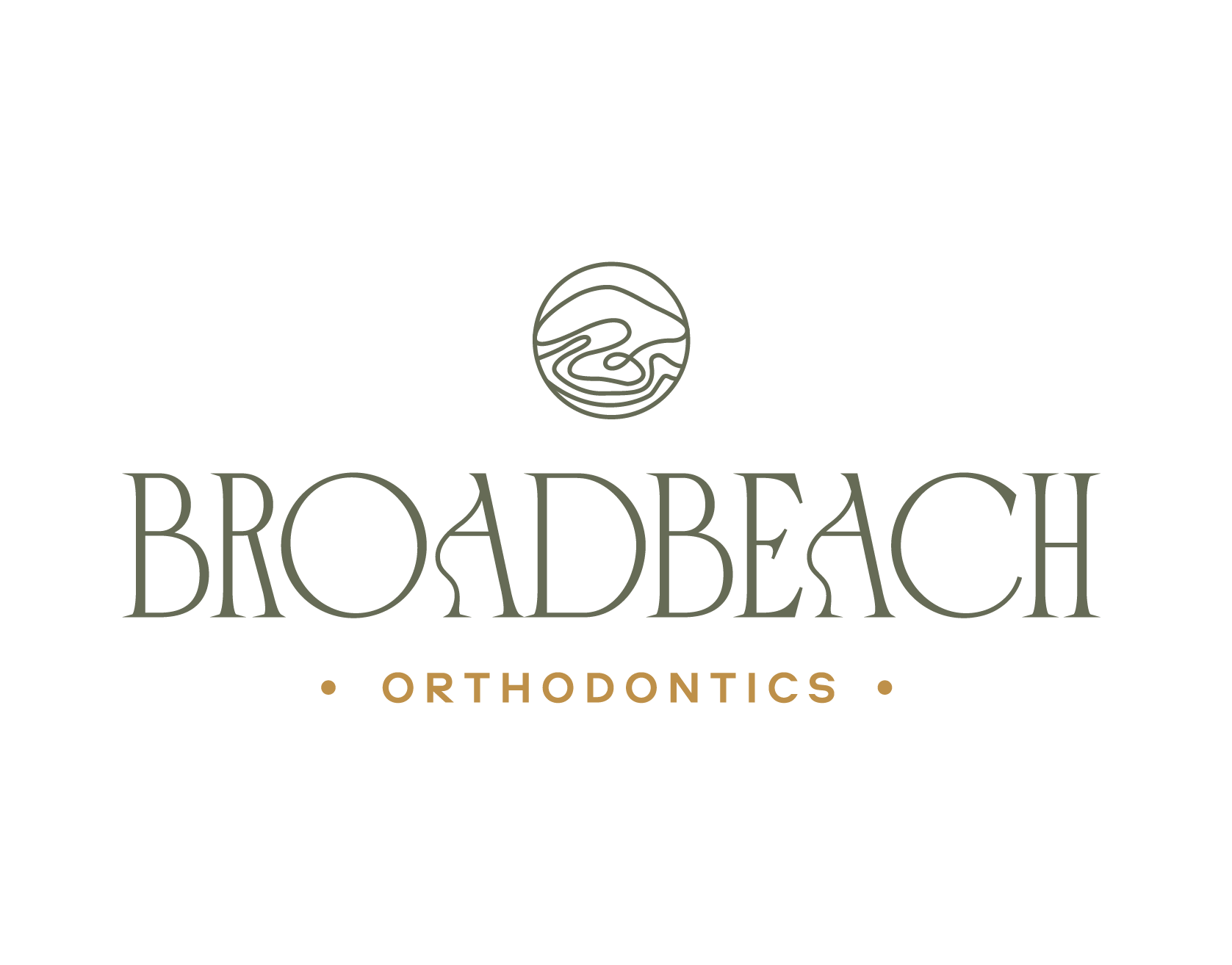Wearing braces can make maintaining oral hygiene more challenging, which increases the risk of gingivitis. Gingivitis, a common form of gum disease, involves inflammation of the gums and can lead to more serious periodontal issues if not managed properly. Here’s what you need to know about gingivitis in relation to braces and how to prevent and manage it.
How Braces Contribute to Gingivitis
- Plaque Accumulation
- Brackets and Wires: Braces create additional surfaces where plaque can accumulate. The brackets, wires, and bands can trap food particles and plaque, making it difficult to clean your teeth thoroughly.
- Difficult-to-Reach Areas: Braces can make it harder to brush and floss effectively, leading to plaque buildup along the gumline and between teeth.
- Gum Irritation
- Pressure from Braces: Braces can cause irritation to the gums, especially when they are first applied or adjusted. This irritation can contribute to gingival inflammation if not managed properly.
- Increased Risk of Infection
- Oral Hygiene Challenges: The increased difficulty in cleaning around braces can lead to a higher risk of bacterial infections and inflammation, contributing to gingivitis.
Symptoms of Gingivitis
- Red, Swollen Gums: The gums may appear red, swollen, and feel tender.
- Bleeding Gums: Gums may bleed when brushing or flossing.
- Bad Breath: Persistent bad breath (halitosis) can be a sign of gingivitis.
- Receding Gums: The gums may start to pull away from the teeth.
Prevention and Management of Gingivitis with Braces
- Maintain Excellent Oral Hygiene
- Brushing: Brush your teeth at least twice a day using a soft-bristled toothbrush and fluoride toothpaste. Pay special attention to the areas around brackets and wires. Consider using an orthodontic toothbrush or electric toothbrush designed for braces.
- Flossing: Use orthodontic floss or floss threaders to clean between your teeth and around your braces. Flossing helps remove plaque that toothbrushes can’t reach.
- Interdental Brushes: Consider using interdental brushes to clean between your teeth and braces. These small brushes can effectively remove plaque from tight spaces.
- Use Antiseptic Mouthwash
- Anti-Gingivitis Mouthwash: Rinse with an antimicrobial or anti-gingivitis mouthwash to help reduce plaque and bacteria. Look for mouthwashes specifically formulated for orthodontic patients.
- Regular Dental Checkups
- Professional Cleanings: Visit your dentist or orthodontist regularly for professional cleanings and checkups. They can remove plaque and tartar that regular brushing and flossing might miss and provide advice on managing oral hygiene with braces.
- Address Gum Irritation
- Orthodontic Wax: Use orthodontic wax to cover brackets and wires that may be irritating your gums. This can help reduce discomfort and prevent further gum inflammation.
- Warm Saltwater Rinses: Rinse your mouth with warm saltwater to soothe irritated gums and reduce inflammation. This can be done a few times a day.
- Healthy Diet
- Balanced Diet: Eat a balanced diet rich in fruits, vegetables, and whole grains. Avoid sugary and sticky foods that can contribute to plaque buildup.
- Hydration: Drink plenty of water to help wash away food particles and bacteria in your mouth.
- Proper Brushing Techniques
- Angle Your Brush: Brush at a 45-degree angle to your gumline to effectively clean around the brackets and wires.
- Be Gentle: Avoid brushing too hard, as this can irritate your gums and worsen gingivitis.
When to See a Professional
If you notice persistent symptoms of gingivitis, such as bleeding gums, significant swelling, or bad breath, despite good oral hygiene practices, consult your orthodontist or dentist. They can assess the severity of the condition and provide appropriate treatment or adjustments to your braces to address any issues.
Conclusion
Managing gingivitis while wearing braces requires diligent oral hygiene practices and regular dental care. By following these preventive measures and working closely with your orthodontist, you can keep your gums healthy and minimize the risk of gingivitis throughout your orthodontic treatment. If you have any concerns or symptoms, don’t hesitate to seek professional advice to ensure optimal oral health and successful orthodontic outcomes.





